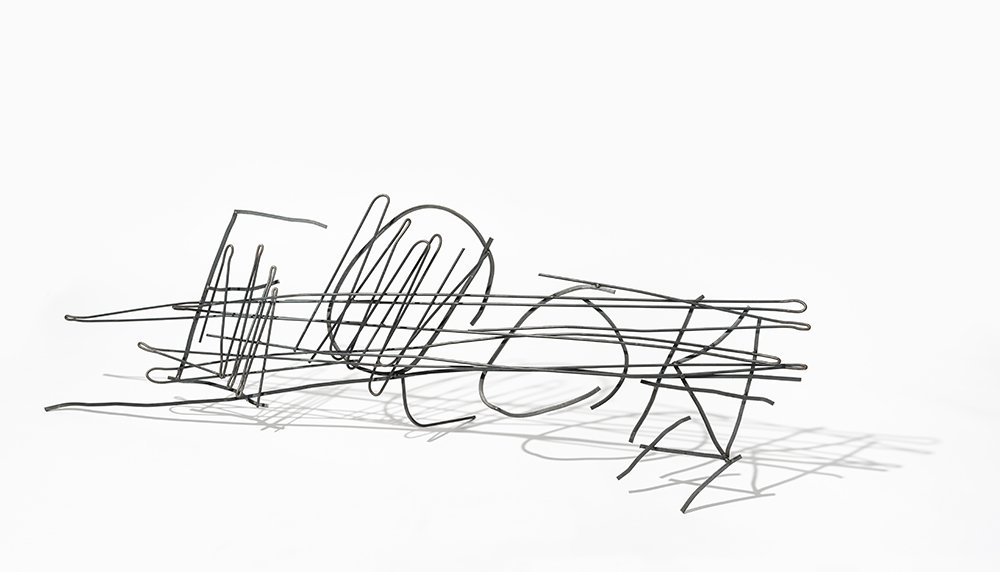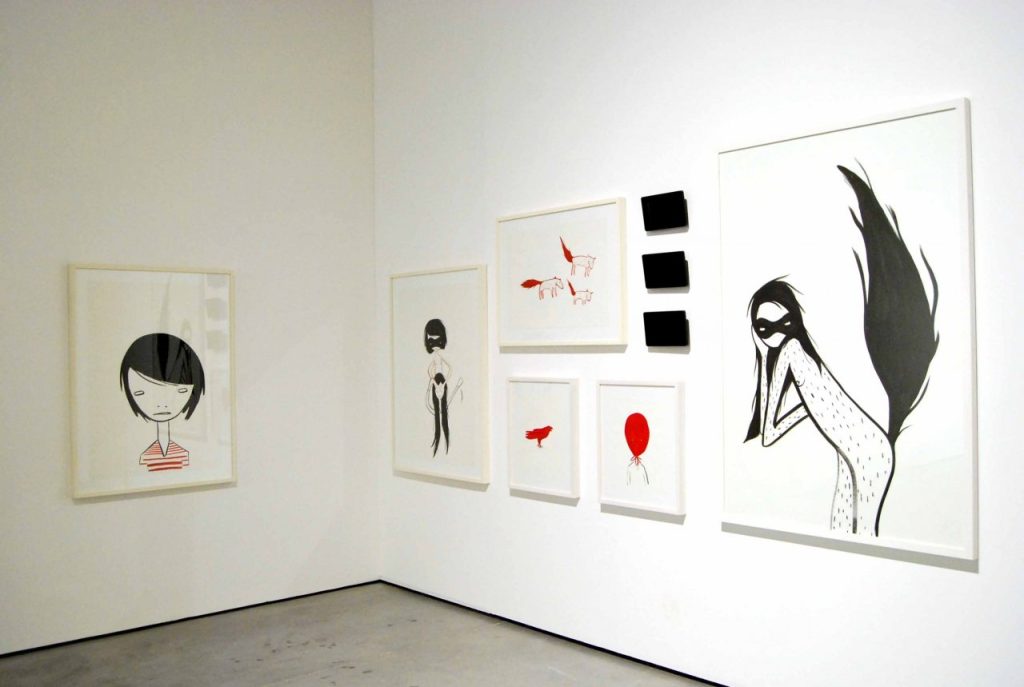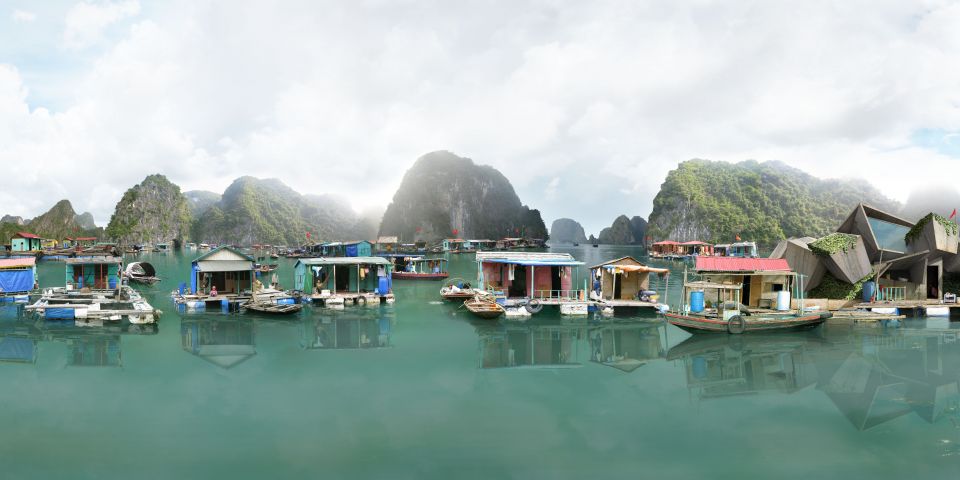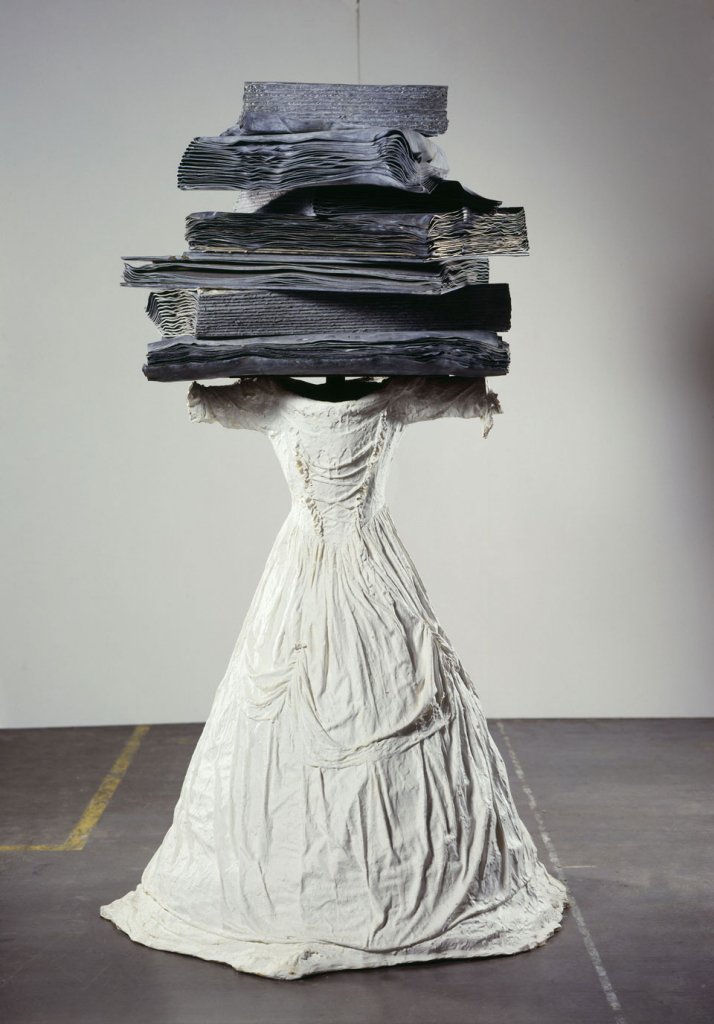
- Artist:
- Joan Morey
- Date:
- 2002
- Technique:
- C-Print mounted between dibond and plexiglas
- Dimensions:
- Polyptych with 4 elements, 100 x 480 cm
- Origin:
- Es Baluard Museu d'Art Contemporani de Palma
- Registration number:
- 630
- Edition:
- 1/3
- Exposed:
- No
Fucking Fashion Rules (F_TERROR *ism) is a polyptych comprised of four images arranged like a photographic frieze, conceived as the vestige or setting for a performance given by several characters who carry out different actions in a loop, with which they transform the performing space. The images are taken from the video that makes up the winning video installation of the Premio Ciutat de Palma 2002, a prize awarded by Palma City Council.
The performance takes place inside a single space, a black cube in which several scenes unfurl, shown from a window. Here, Morey plays at launching references from art history via the concept of the black box as an ideal space for the vidoegraphic format, in contrast to the white cube – a neutral space, ideal for displaying art. One of the characters has some initials – S.T.P. – inscribed on a mask, and they are by no means fortuitous: in 1997 he created the brand STP (Soy Tu Puta, meaning “I Am Your Whore”) to lay out a critical reflection of the power structures that operate in every sphere and in particular in the artistic one, using the mechanisms typical of fashion and advertising, at the same time as he called his own role as an artist into question.
Morey, the producer-creator of this piece, resorts to the appropriation of the codes and iconography that originate from the world of fashion, music, design or advertising; using an inciting, transgressive language, full of plays on ambiguities regarding gender and sexuality, he brings the spectator face-to-face with his critical vision of the rules dictated by fashion.
E.B.
Joan Morey currently lives and works in Barcelona. Ambiguity, and a certain inscrutability are characteristic of his works, placing the spectator in a position of uncertainty, since the meaning the latter expects to encounter is displaced by the deconstruction of a whole multi-referential reality, for which the artistic piece is apparently a starting point. With references to politics, religion, art history, philosophy, film, theatre or the art system itself, one could say that his oeuvre is eminently conceptual and carries great intellectual weight.
His work may result in numerous formats such as photography, video and other audiovisual communications media, although the performance is the principal vehicle that enables him to explore the creative act itself, often resulting in dramatized actions through performers, mise-en-scènes and other performances during which he sometimes involves spectators, making them participants of his experimental reflections on the Hegelian master-slave dialectic. Thus, frequently the actors from his performers – whether they be professionals or the audience – are subjected to a rigid system of norms or instructions.
E.B.



